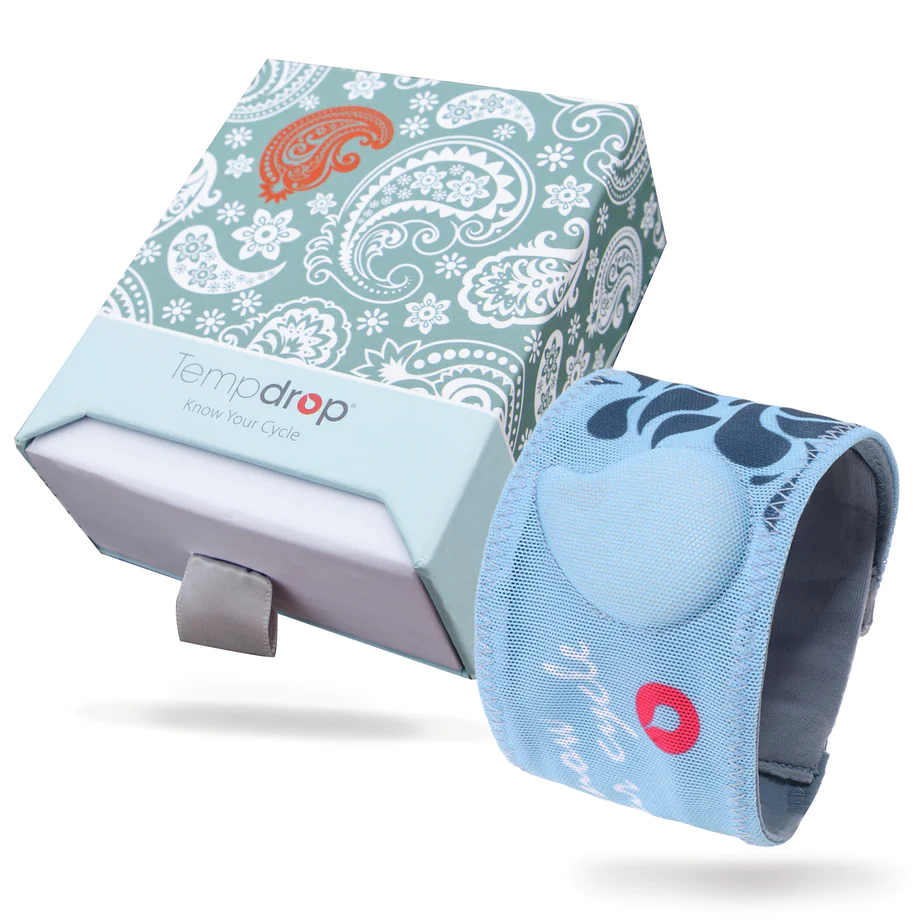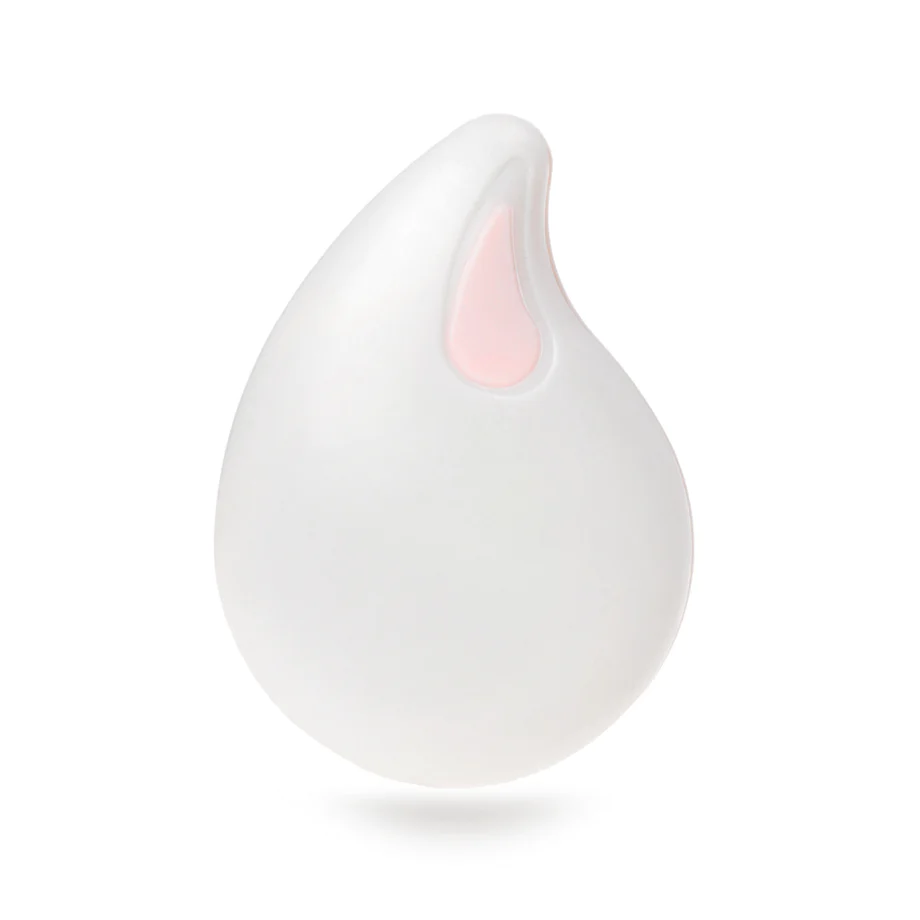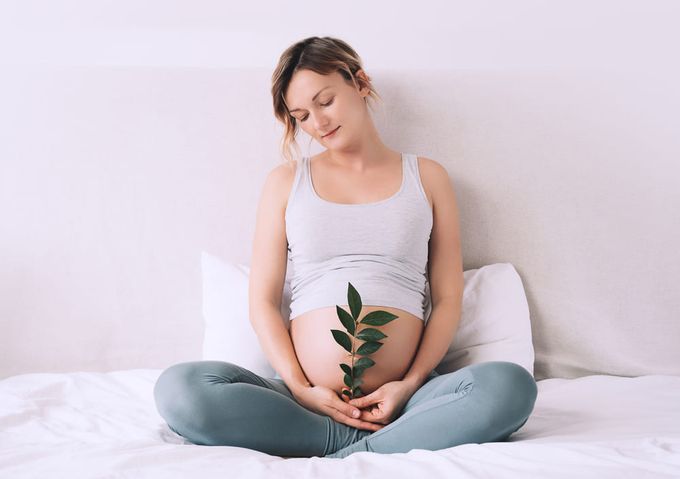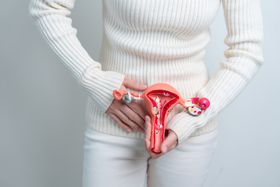Fertility After Pregnancy: 10 Common Concerns and Key Questions
Everything you need to know about post-pregnancy fertility
Published December 28, 2023.

Becoming a mother means you're on a journey without a return ticket. The one where your body, mind, and spirit forever echo the changes of the incredible transformation called childbirth.
Postpartum is an important stage of your life. In this article, we'll explore common concerns and questions you might have about it.
1. How Long Does the Postpartum Period Last?
Postpartum has no universal expiration date. We often associate it with those immediate changes following delivery, but the truth is it extends far beyond that.
2. How Soon After Giving Birth Can a Woman Get Pregnant?
Some women have their first ovulation as soon as 6 weeks after giving birth. But for the majority of women they don't ovulate for up to several months after delivery of their baby, especially if they are breastfeeding. The lack of ovulation happens because estrogen and progesterone—the hormones that play a role in ovulation—decline, and prolactin and oxytocin take over.
If you're breastfeeding, the suppression of progesterone continues until the baby starts to feed less frequently.
Note:
These hormones take at least three months to stabilize. Estrogen and progesterone are critical for ovulation, so you can only conceive and start a menstrual cycle if they're present.
3. Is It Easy to Get Pregnant After Giving Birth?
It's challenging to conceive right after giving birth because your body's adjusting to increased prolactin, which helps produce milk. It takes time for the hormones to change to support conception.
The chances of conception can also depend on factors such as:
- Your overall health
- Pregnancy recovery time
- If you had a C-section or not
» Discover ways to improve your chances of pregnancy
Is It Dangerous for Women to Get Pregnant Right After Giving Birth?
Postpartum conception does carry a health risk, as your body's nutrients are depleted due to the previous pregnancy. The period following childbirth is essential for you to physically and mentally recover.
Note:
Try to watch your diet and manage stress while your body is recovering.
4. Is It Possible to Become Pregnant Without Having a Period After Giving Birth?
Yes—if the hormone levels in your body are high enough to trigger ovulation. However, some women don’t ovulate during their first postpartum cycle.
5. When Do You Ovulate After Having a Baby?
Start tracking your menstrual cycle four weeks after your delivery. At this point, hormones start to settle, and you can discover what's happening.
6. What Are the Signs of Ovulation After Giving Birth?
After childbirth, hormone levels of estrogen and progesterone drop significantly, leading to:
- Mood swings
- Anxiety
- Sleep disorders
Things usually stabilize about three months after delivery, and you can see improvement in your mood and overall physical health. Pay attention to premenstrual sensations like fatigue to find out what's expected.
» Discover the top signs of ovulation that you should keep an eye out for
7. How Can I Track Ovulation Postpartum?
For confirming ovulation postpartum, methods similar to prenatal tracking are effective.
- Check your basal body temperature (BBT): Use devices like Tempdrop for automatic monitoring and chart temperatures as early as four weeks postpartum.
- Monitor Cervical Mucus: Track changes in consistency or color of cervical mucus to check if you're ovulating.
- Be Mindful of Hormonal Changes: Track any noticeable shifts in your body or mood that might indicate hormonal fluctuations.
» Take a look at fertility myths that are debunked
8. When Do Postpartum Hormones Peak?
The exact timing of postpartum hormone peak varies from person to person, but it takes up to six months after giving birth.
Understanding the Hormonal Influences on Female Fertility
If you conceived easily the first time, you might have a more challenging time if you try again because of influences like:
- Ovarian Function: After pregnancy or if you are still breastfeeding, your ovaries might need time to start functioning normally.
- Birth Complications: Traumatic births and C-sections contribute to secondary infertility by affecting hormonal and physical health.
- Postpartum Hormonal Imbalances: After childbirth, cortisol imbalances due to stress can lower the chances of conception.
» You can find your answers about postpartum charting here
9. What's the Effect of Post-Pregnancy Medical Conditions on Fertility?
Pregnancy and delivery can present various challenges and potential concerns, such as:
- Tears
- Hemorrhages
- Diabetes
- Toxemia
When considering another pregnancy, track the return of ovulation and menstruation. But if hormonal imbalances or irregular cycles persist for longer than a year, and you are no longer breastfeeding then visit a healthcare provider to check for underlying causes.
10. What's the Impact of C-Sections on Future Fertility?
C-sections can leave scarring—the damage results in inflammation—which could, in some cases, impact fertility in the postpartum period.
Note:
Pelvic floor therapy with a specialist can help with C-section recovery and fertility.
Navigating Postpartum Fertility Challenges and Recovery
A comprehensive plan covering the preconception, pregnancy, and postpartum phases is essential if you're trying for a baby after pregnancy. It can help you address potential risk factors and get the best possible health before pregnancy.
This plan should be tailored to meet individual needs and can be facilitated by tools like Tempdrop. It offers a simple yet scientific approach to tracking fertility, ensuring you're informed and empowered.













